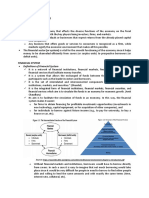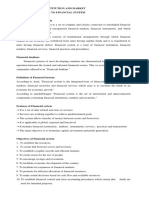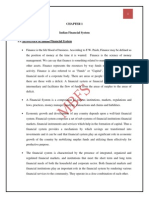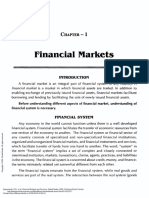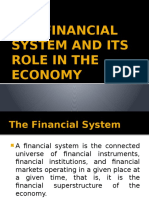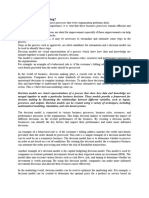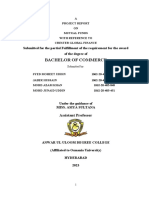0% found this document useful (0 votes)
21 views13 pagesModule 1
The document provides an overview of the Indian financial system, detailing its components, functions, and importance in facilitating economic growth through efficient allocation of resources. It explains the roles of financial institutions, markets, instruments, and regulatory frameworks, emphasizing the significance of capital and money markets in mobilizing savings and managing risks. Additionally, it highlights the need for a well-functioning capital market to support investment, enhance productivity, and promote economic stability.
Uploaded by
mohdsadikabdulsamadCopyright
© © All Rights Reserved
We take content rights seriously. If you suspect this is your content, claim it here.
Available Formats
Download as DOCX, PDF, TXT or read online on Scribd
0% found this document useful (0 votes)
21 views13 pagesModule 1
The document provides an overview of the Indian financial system, detailing its components, functions, and importance in facilitating economic growth through efficient allocation of resources. It explains the roles of financial institutions, markets, instruments, and regulatory frameworks, emphasizing the significance of capital and money markets in mobilizing savings and managing risks. Additionally, it highlights the need for a well-functioning capital market to support investment, enhance productivity, and promote economic stability.
Uploaded by
mohdsadikabdulsamadCopyright
© © All Rights Reserved
We take content rights seriously. If you suspect this is your content, claim it here.
Available Formats
Download as DOCX, PDF, TXT or read online on Scribd
/ 13












